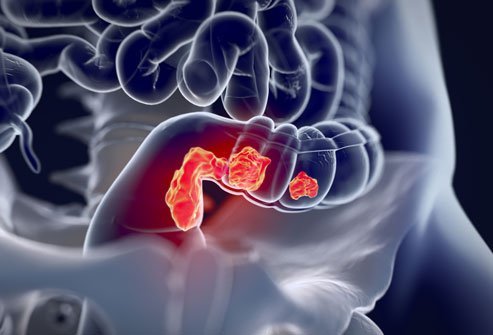Blood When I Wipe: 11 Causes of Rectal Bleeding
What are the 11 causes of rectal bleeding?
There are many possible causes. Most common causes include:
- Piles or hemorrhoids: Small hemorrhoids are usually painless. The most common symptom is bleeding while passing stools. The blood may stain the toilet bowl or may be seen on the toilet paper. Larger hemorrhoids may lead to a mucous discharge, pain, irritation, and itch. Hemorrhoids are swellings around the anus and lowermost part of the gut (lower rectum). Hemorrhoids are common during or after pregnancy, in persons suffering from long-standing constipation, during straining while passing stools.
- Anal fissure: It is a small tear of the skin at the anal border. It is a very painful condition. Often, an anal fissure will bleed a little. The blood is usually bright red and stains the toilet tissue but soon stops.
- Stomach and duodenal ulcers: An ulcer in the stomach or duodenum may lead to bleeding. This can cause rectal bleeding. Stool may turn black- or plum-colored (melaena).
- Infections: Infections of the stomach and intestine are one of the causes that may cause rectal bleeding. Symptoms may include watery stools and swelling of the gut.
- Diverticula: A diverticulum is a small pouch in the intestines (wall of the gut). More than one diverticulum is called diverticula. They can develop on any part of the gut. A diverticulum may occasionally bleed, and patients may pass some blood through the anus. Bleeding is usually abrupt and painless. It is due to a burst blood vessel that can occur in the wall of a diverticulum and the amount of blood loss may sometimes be heavy.
- Crohn's disease: It is a condition that causes the inner lining of the gut to become red and swollen. The disease flares up from time to time. Symptoms vary, depending on the part of the gut affected and how bad the condition is. Common symptoms include bloody diarrhea and stomach pain.
- Ulcerative colitis (UC) and other forms of colitis: UC is a disease where inflammation (redness and swelling) develops in the terminal part of the gut. A common symptom when the disease flares up is diarrhea mixed with blood. The blood oozes from ulcers that develop on the lining of the inflamed gut.
- Polyps: A bowel polyp is a small non-cancerous growth that sometimes forms on the inside lining of the intestine or rectum. They are common in older people. Sometimes, a polyp bleeds, and rarely, a polyp can turn cancerous.
- Cancer: Cancer of the intestine and rectum may be seen in older or, rarely in, young people. Rectal bleeding is one symptom that may occur. Bleeding is often a late symptom, and other symptoms are present before visible bleeding occurs, for example, weight loss, tiredness due to blood loss, diarrhea, or constipation. Cancers of other parts of the gut higher up from the colon sometimes cause rectal bleeding, but these are uncommon.
- Angiodysplasia: It is a condition where patients develop numerous enlarged blood vessels within the inner lining of the colon. Angiodysplasia most commonly develops in the right area of intestine. The cause is unknown, but they occur most commonly in older people. Bleeding is usually painless. The blood may be bright red brisk bleeding, dark blood mixed with stool, or black- or plum-colored stool (melaena).
- Developmental abnormalities of the gut: In young children, various abnormalities of the gut or the gut wall may cause rectal bleeding.
Other causes of rectal bleeding may include:
- Volvulus: Twisting of the gut
- Intussusception: One part of the gut is sucked into another, creating a blockage
- Meckel's diverticulum: An extra bulge or pouch in the small intestine, which is congenital (present from birth).
- Hirschsprung's disease: A condition where a part of the lower bowel does not function as it should. The muscles of the bowel wall are unable to squeeze along the stool as they should do.
What is rectal bleeding?
Oozing of blood from the anus or rectum during passing stools is called rectal bleeding. The blood may be from any part of the gut or even from the stomach. The color of blood may vary depending on the site. Fresh red color is a sign of bleeding in the rectum or anus. Darker blood is a sign of bleeding in the small bowel or upper area of the gut. Very dark or blackish blood is often associated with bleeding in the stomach or other organs in the digestive system.

